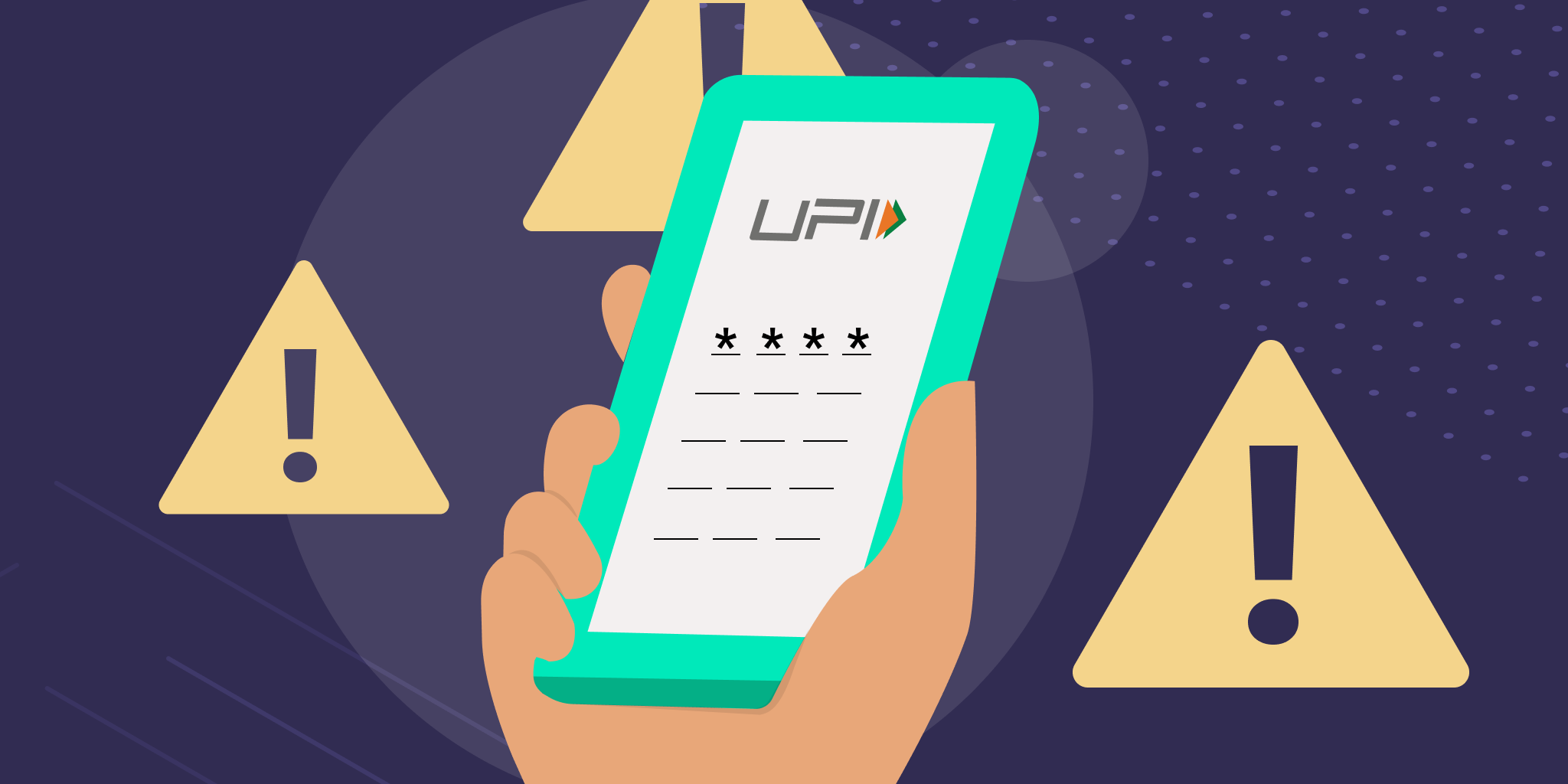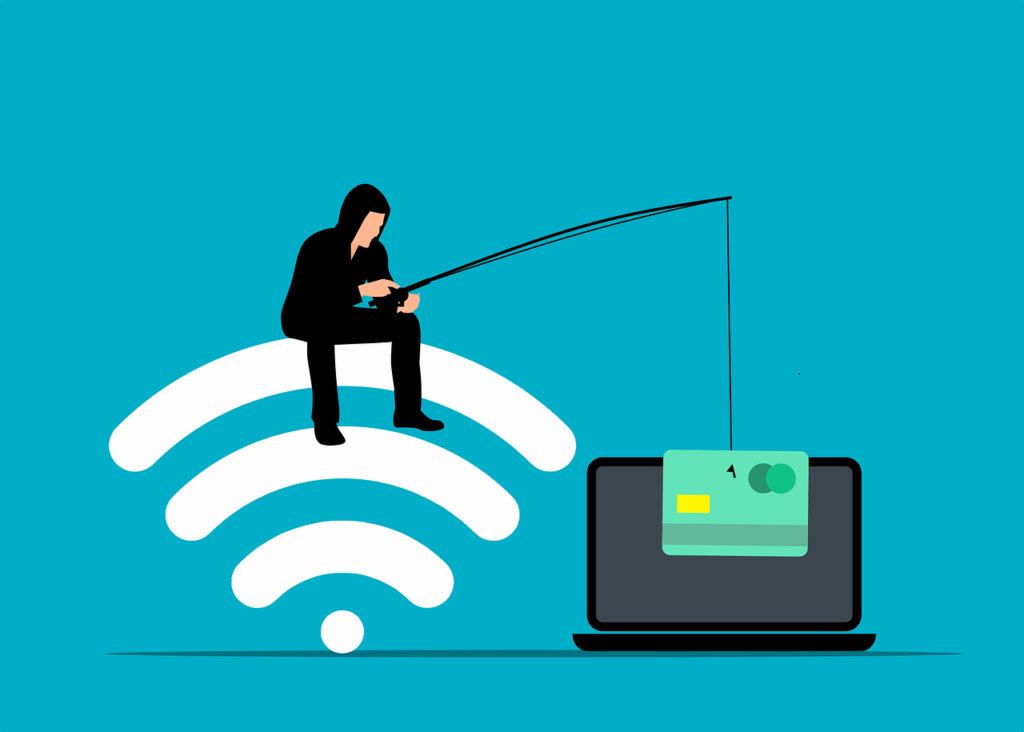Guarding Your Finances: How to Stay Safe from UPI Frauds
Introduction: In today’s digital age, the Unified Payments Interface (UPI) has transformed the way we handle financial transactions. This groundbreaking payment system, developed by the National Payments Corporation of India (NPCI), has made sending and receiving money faster and easier than ever. However, with the surge in UPI usage, there’s also been a rise in UPI frauds. In this blog, we’ll explore UPI frauds, how they operate, and, most importantly, how to safeguard yourself from falling prey to these digital scams.

Understanding UPI:
The Unified Payments Interface is a real-time payment system that lets you transfer funds instantly between bank accounts using your smartphone. It’s convenient, secure, and has gained immense popularity across India. With UPI, you can link your bank account to mobile apps, enabling seamless transactions, bill payments, and online shopping. Yet, this convenience has attracted the attention of fraudsters looking to exploit unsuspecting users.
Common UPI Fraud Schemes:
- Phishing: Phishing is a deceptive cybercrime technique that has become increasingly prevalent in our digitally connected world. It involves malicious actors attempting to trick individuals or organizations into divulging sensitive information, such as usernames, passwords, credit card numbers, or personal data, by posing as trustworthy entities. These deceptive attempts are typically carried out through various communication channels, including email, social media, instant messaging, and even phone calls. Fraudsters impersonate legitimate banks or payment apps through fake messages, emails, or phone calls, seeking personal information such as UPI PINs and OTPs.
- SIM Card Swap: A SIM card swap is a fraudulent technique where a malicious actor convinces a mobile carrier to transfer a victim’s phone number to a new SIM card under the attacker’s control. This enables them to intercept calls and messages, potentially gaining unauthorized access to personal and financial information. Criminals trick you into sharing your SIM card details, granting them access to your mobile number and, subsequently, your UPI-linked accounts.
- QR Code Scams: QR code scams involve attackers manipulating legitimate QR codes to redirect users to malicious websites or download malware-infected apps. Unsuspecting victims scan the code, believing it’s genuine, but end up compromising their data or device security. Vigilance is crucial when scanning QR codes, especially in unverified or suspicious contexts. Scammers generate bogus QR codes that, when scanned, can transfer money from your account to theirs without your knowledge.
- Fake Apps: Fake apps are deceptive software applications that mimic legitimate ones, often with malicious intent. These fraudulent apps can steal sensitive information, deliver malware, or engage in other harmful activities. Users must exercise caution by downloading apps only from official app stores and reading reviews to avoid falling victim to these scams. Fraudulent apps mimicking popular payment platforms deceive users into inputting their banking details, resulting in unauthorized access to their accounts.
- Social Engineering: Attackers employ psychological manipulation to coerce individuals into revealing sensitive information.
Protecting Yourself from UPI Frauds:
- Verify Everything: Double-check the sender’s details and validate messages, emails, and phone calls before sharing personal information.
- Secure Your Mobile: Utilize robust passwords, PINs, or biometric locks to protect your smartphone. Enable two-factor authentication whenever possible.
- Download from Official Sources: Only download payment apps from trusted sources like Google Play Store or Apple App Store. Look for official logos and developer information.
- QR Code Vigilance: Exercise caution when scanning QR codes, especially from unfamiliar sources. Verify the source’s legitimacy before scanning.
- Regular Updates: Ensure that your payment apps are updated to the latest versions, as updates often include security patches.
- Stay Informed: Keep abreast of the latest fraud schemes and educate yourself on recognizing phishing attempts and social engineering tactics. You can also learn more about UPI 2.0 on Wikipedia. Also NPCI’s official website.
Conclusion: UPI has revolutionized how Indians handle their finances, but it’s vital to stay vigilant against the evolving threat of UPI fraud. By adhering to these precautions and staying informed about potential scams, you can continue to enjoy the benefits of digital payments securely in the modern age.

By sharing this blog with your friends and family, you can help spread awareness about UPI fraud and empower others to protect their financial well-being in the digital world. Together, we can make the digital payments landscape safer for all.
On a side note, Learn more about Neuro Writing Tips and become an expert Content Writer – Link


